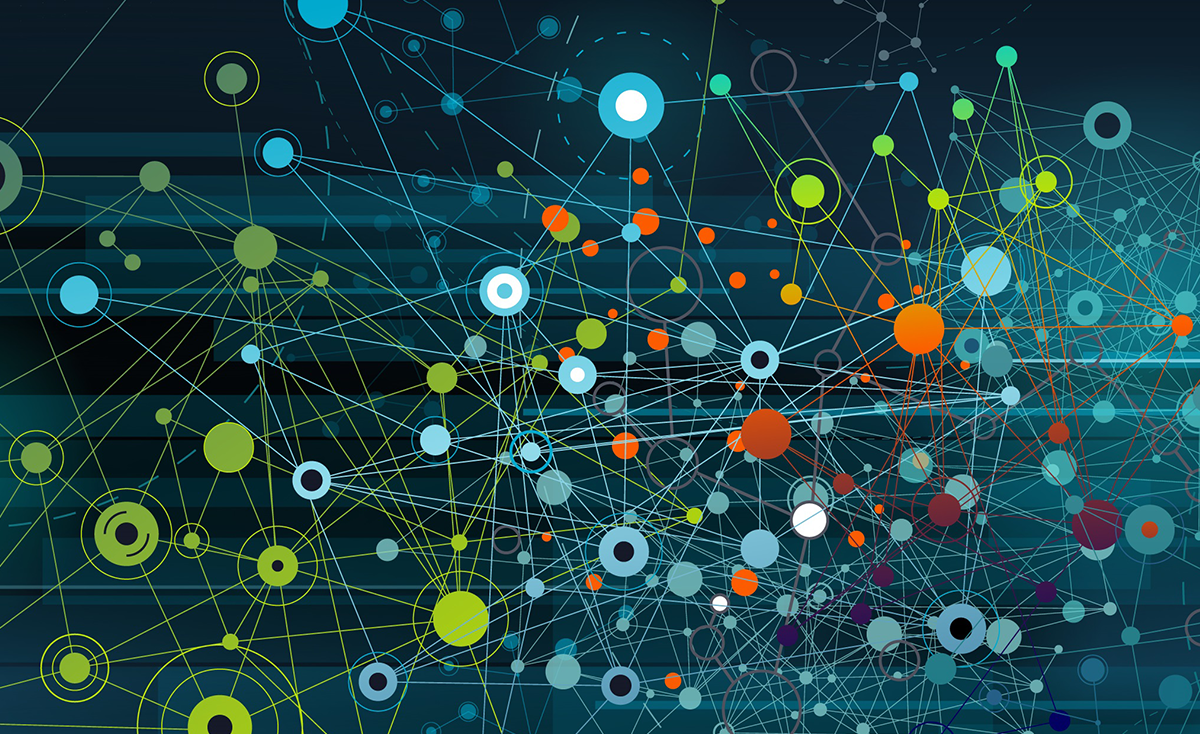3 Easy Facts About "A Comprehensive Guide to Understanding Neural Networks for Deep Learning" Described

Deeper learning is a subfield of equipment learning that utilizes artificial nerve organs networks to model and handle complex complications. This Piece Covers It Well has got attraction in latest years due to its ability to know from big sets of information, exceeding the abilities of standard maker learning approaches. Nonetheless, like any various other technology, deep learning has actually its personal benefits and limits.
Advantages of Deep Learning in Machine Learning
1. Improved Accuracy: One of the biggest advantages of deep learning is its potential to achieve high reliability fees in complicated tasks such as photo awareness, pep talk awareness, all-natural language processing, and more. The make use of of fabricated neural systems enables deeper learning designs to learn patterns and features from big quantities of record, leading to far better accuracy costs compared to standard device discovering protocols.
2. Flexibility: Yet another advantage of deeper learning is its adaptability when it happens to dealing with different types of input information such as content, pictures, videos or audio data. This makes it ideal for a broad variety of apps throughout a variety of fields.
3. Scalability: Deep-seated learning versions can easily be scaled up or down depending on the measurements and complexity of the problem being resolved. This means that they can take care of sizable amounts of data without risking on performance.
4. Reduced Human Intervention: Once a deep learning version has been taught on a dataset, it may make correct prophecies without human interference which conserves opportunity and information.
Constraints of Deep Learning in Machine Learning
1. Data Requirements: Deep Learning demands vast volumes of classified training information for productive execution which could possibly be challenging for some apps where labeled instruction information may not be accessible.
2. Computational Power: Training deeper neural systems needs significant computational electrical power which could possibly help make it hard for smaller sized companies or people along with restricted resources to implement successfully.
3. Interpretability: Although deeper learning designs accomplish high precision rates, they are often looked at black boxes due to their absence interpretability producing them difficult for human beings recognize how choices are being produced leading problems regarding obligation if inaccurate decisions are helped make.

4. Overfitting: Deeper learning versions are susceptible to overfitting, which is the procedure of remembering the training information somewhat than knowing patterns that generalise well to unseen record. This can easily lead to poor performance when used to new or hidden record.
Conclusion
Deep Learning has transformed device learning and has obtained exceptional effectiveness in numerous areas such as graphic acknowledgment, speech recognition, organic foreign language processing, and more. However, deeper learning is not a silver bullet answer as it has restrictions that have to be considered just before execution. The advantages of deep-seated learning feature improved accuracy, adaptability, scalability and minimized human assistance while restrictions consist of high computational requirements, interpretability issues and overfitting problems. Deep-seated learning can be an great choice for firms with gain access to to sizable datasets and information that need precise prophecies but may not be suitable for much smaller organizations or people with limited information.
